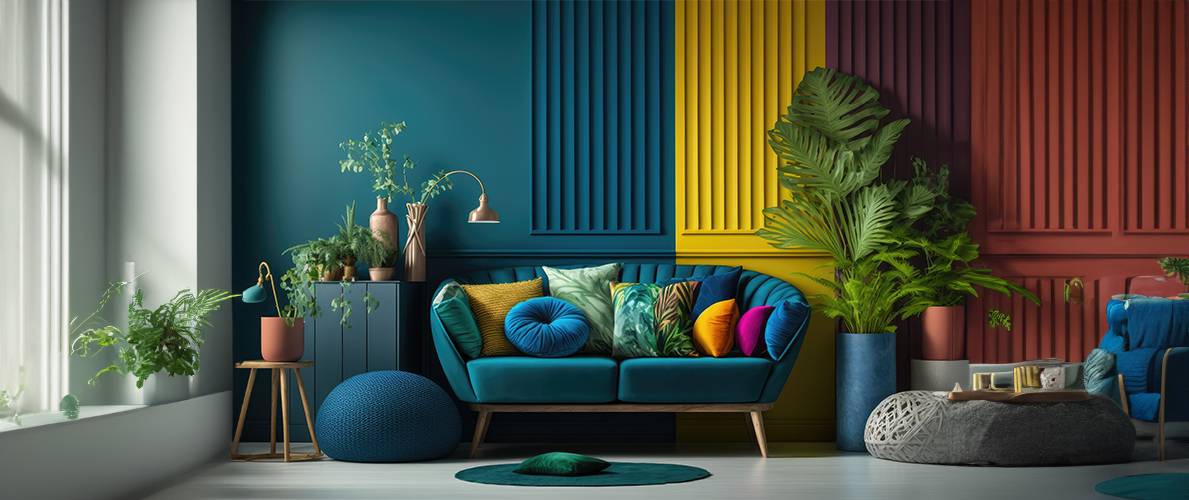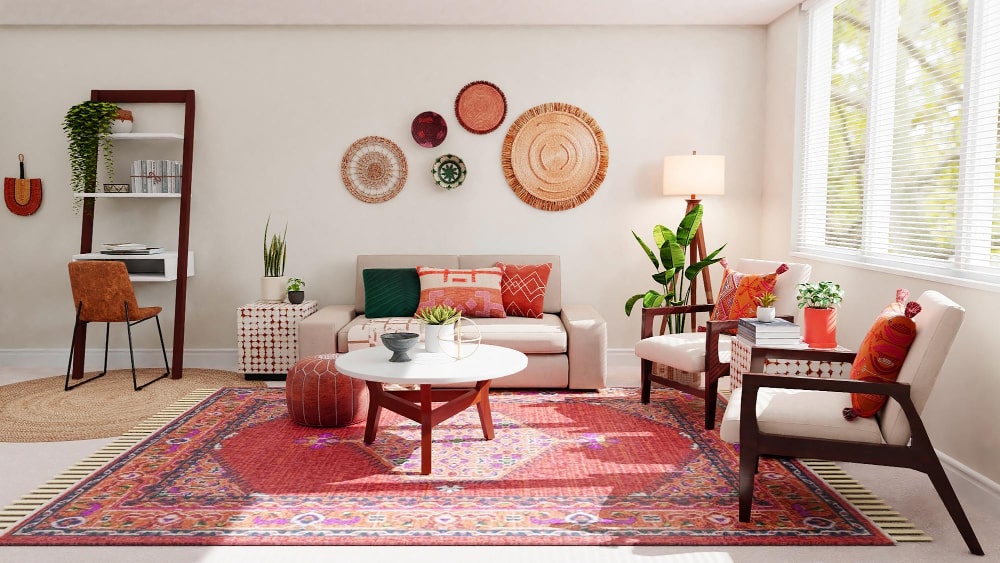Transform your space with miami luxury interior design that blends elegance and innovation.
Transform your space with miami luxury interior design that blends elegance and innovation.
Blog Article
Change Your Home With Necessary Principles of Interior Decoration and Appearances
By recognizing the effect of shade theory and the value of texture and patterns, one can produce spaces that are not just aesthetically enticing but also deeply individual. Achieving this stability entails even more than plain decoration; it includes a strategic setup and an eager understanding of just how each aspect interacts within an area.
Recognizing Color Theory
Shade theory is a basic aspect of interior decoration that dramatically influences mood, perception, and general visual. Understanding the principles of color theory permits designers to produce areas that reverberate psychologically with occupants while meeting functional requirements (miami luxury interior design). Colors can be classified right into 3 main kinds: primary, secondary, and tertiary. Each group plays a crucial role in developing consistency within a space.
The psychological influence of shades is extensive; cozy hues such as reds and oranges stimulate power and heat, while amazing tones like blues and greens promote peace and harmony. In addition, the usage of corresponding colors improves aesthetic passion, producing striking contrasts that can elevate a space's appeal.
Neutral shades, on the other hand, function as a functional backdrop, allowing other layout elements to radiate. It is vital to think about variables such as lighting and the room's function when choosing a color scheme, as these can change the understanding of colors throughout the day.
Inevitably, a well-considered color design can transform a room, promoting a feeling of comfort and design that lines up with the occupants' choices. Mastery of shade theory is, consequently, a vital skill for any type of indoor developer aiming to develop harmonious and inviting atmospheres.
Accomplishing Equilibrium in Design
Just how can developers accomplish a sense of equilibrium in their spaces? Attaining equilibrium in layout is basic to creating unified insides.
Asymmetrical balance, on the other hand, counts on varying components that still accomplish a cohesive look. This approach permits even more vibrant and informal arrangements, providing interest while keeping balance. By carefully selecting differing sizes, shades, and appearances, designers can develop an aesthetically compelling room that really feels balanced yet energetic.
Radial balance emphasizes a main prime focus with elements emitting outside. This style is commonly seen in round layouts, where furnishings and design develop a cohesive surround that draws the eye internal.
Eventually, achieving balance requires thoughtful factor to consider of range, proportion, and the partnerships between aspects. miami interior design. By masterfully using these balance principles, developers can transform areas right into environments that really feel both cosmetically pleasing and functionally unified, enhancing the general experience for owners
Significance of Spatial Recognition

An eager feeling of spatial recognition permits developers to recognize focal factors within an area, guiding the viewer's attention to essential features while maintaining an overall sense of unity. It also assists in the strategic positioning of lights, which can drastically affect the understanding of space and mood. Understanding spatial partnerships allows the designer to cater to the specific requirements of citizens, making certain that each location serves its intended function without jeopardizing appearances.
Ultimately, spatial recognition is vital for maximizing the possibility of any indoor area. By carefully thinking about the interplay in between dimensions, layout, and feature, designers can develop environments that not just satisfy useful needs click but likewise stimulate a sense of comfort and elegance, enhancing the general living experience.
Incorporating Structure and Patterns
Welcoming a diverse variety of structures and patterns can dramatically enhance the aesthetic and responsive appeal of an indoor room. The critical use of different products-- such as timber, metal, textile, and stone-- creates depth and passion, making a room really feel more inviting and dynamic. Incorporating smooth surfaces with rough textures can establish a balance that draws the eye and engages the detects.
When integrating find more patterns, take into consideration both scale and repetition. Large patterns can serve as prime focus, while smaller, subtle styles can match various other aspects without overwhelming the room. Layering patterns, such as pairing flower cushions with striped throws, adds intricacy and a feeling of consistency if implemented attentively.
It is likewise essential to maintain a natural shade palette, ensuring that appearances and patterns collaborate instead than contend for attention. By choosing a few vital structures and patterns, you can develop a merged visual that reflects your personal design while enhancing the total ambiance of the area. Eventually, the mindful incorporation of these aspects can transform a mundane room right into an advanced environment rich with personality and warmth.
Individualizing Your Space
Developing a space that shows your personality is crucial to achieving a genuinely welcoming environment. Customization in interior decoration enables you to infuse your distinct design and interests into your home, transforming it from a plain sanctuary into a refuge that talks with who you are. Begin by choosing a shade scheme that resonates with your emotions-- strong colors can invigorate, while soft tones offer serenity.
Integrate art work and design that show your enthusiasms, whether it be traveling, nature, or abstract principles. Presenting personal collections, such as books, photos, or keepsakes, can stimulate valued memories and develop centerpieces within a room. Additionally, consider personalizing practical pieces, like upholstered furniture, to line up with your visual choices.

Verdict
To conclude, the makeover of a home with the crucial concepts of interior layout and appearance requires a comprehensive understanding of color theory, balance, spatial recognition, appearance, and customization. Each component contributes significantly to producing an unified and practical living environment - miami interior design. By thoughtfully incorporating these helpful site principles, people can enhance the aesthetic allure and emotional resonance of their rooms, ultimately cultivating a home that shows one-of-a-kind identities while offering convenience and usefulness
Report this page